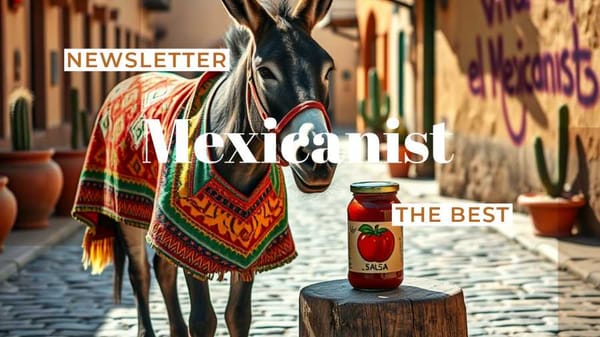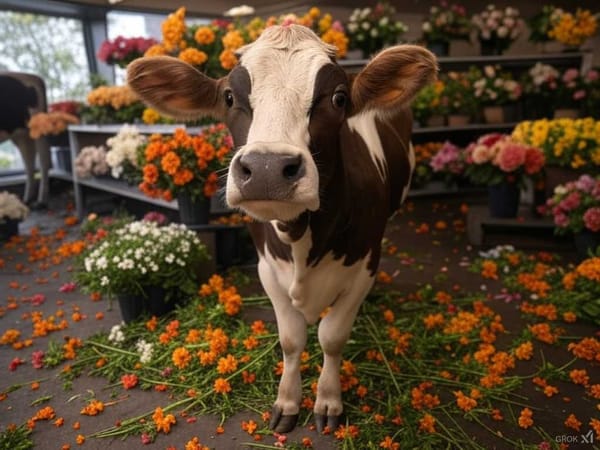Uncovering the Culinary Heritage of Durango, Mexico
Discover the rich culinary history of Durango, Mexico, where Spanish and indigenous influences merged to create a unique cuisine. Learn about the many cultural and economic factors that have shaped the food of Durango, from farming and livestock to making cheese and making traditional dishes.

The city of Durango was established as the capital of Nueva Vizcaya in the central valleys of northern Mexico due to its strategic location near a permanent water source and several springs. The nearby stream provided water to the Spanish settlers and separated the indigenous mission known as Analco.
To sustain its inhabitants, the city relied on both local and imported food sources, resulting in a mix of Spanish, indigenous, and African-influenced cuisine. The fertile land allowed for agriculture, including the cultivation of corn, beans, squash, and spices from Europe. Livestock was also raised in the pastures.
The combination of various cooking techniques and ingredients gave rise to a unique cuisine characterized by preservation methods such as salting and vinegar, the transformation of meats, and the use of dairy products like cheese and jocoque.
The region's geography and subsistence techniques have had a significant impact on the local cuisine, as have contributions from indigenous groups and influences from other countries, including American and German dishes brought by settlers and the dairy production of the Mennonite community.




